
 Jan. 17, 1907
Jan. 17, 1907Los Angeles
On a trip from Utah to visit his daughter, H.E. Gibson keeps getting lost as he wanders around Los Angeles. No, it’s not because Gibson is 80, for his mind is still sharp. It’s because he hasn’t been back since 1848 and things have changed just a bit.
Even the old familiar landmark of Ft. Hill is covered with homes, he says. About the only spot in town he recognizes is the Plaza, where he keeps returning to get his bearings.
Gibson came to California with the “Flash Emigrant Colony†to establish Mormon settlements. The group couldn’t raise the money to buy Rancho Cucamonga, so they bought a parcel of land in San Bernardino, The Times says.
Land was “dirt cheap†in 1848, with entire blocks selling for $500 to $1,000, ($9,910.34-$19,820.69 USD 2005), Gibson said. But instead of becoming a real estate speculator, he left for Utah to bring the news (published in a New York newspaper that came around the Horn) proclaiming that Brigham Young had been appointed governor of the Utah Territory.
Note: Today presented a difficult decision, but I passed on some incredibly offensive caricatures of an African American who had been arrested, accompanied by quotes in dialect: “Ah dunno nothin’ about no stolen chickens†indeed.
Lmharnisch.com
Lmharnisch.blogspot.com
E-mail: lmharnisch (AT) gmail.com


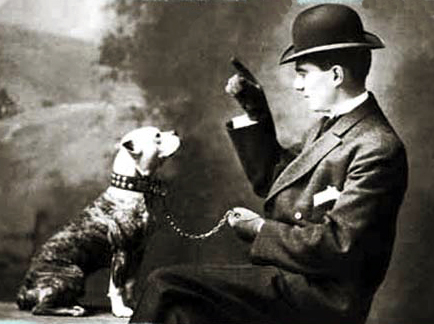
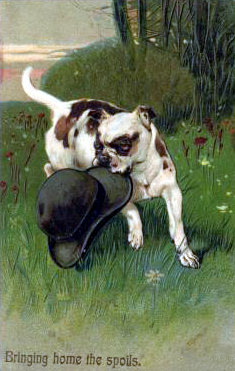

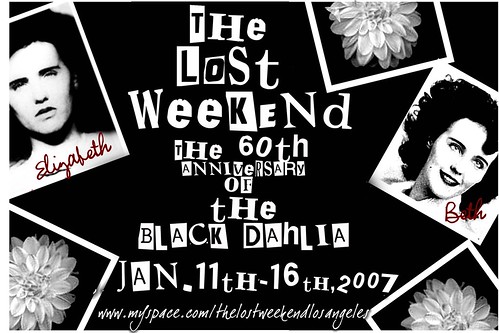
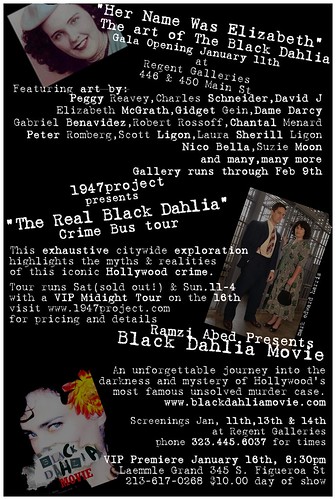
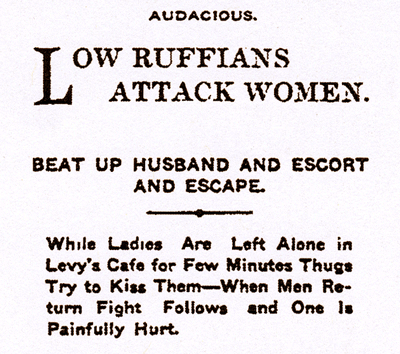

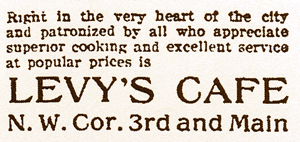 Mashers are at work across Los Angeles, although those at Levy’s Café certainly don’t have the cachet of a Caruso (or even of a Cazauran, I suspect) as reported on in Larry’s post below.
Mashers are at work across Los Angeles, although those at Levy’s Café certainly don’t have the cachet of a Caruso (or even of a Cazauran, I suspect) as reported on in Larry’s post below.
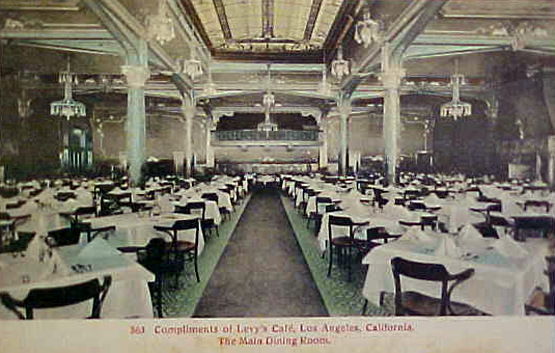

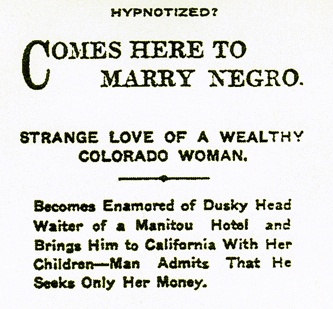

 Postscript – on November 10, “Humane Officer” Reynolds confessed that the sextet had given him the slip. After having secured Seay’s promise to stay away from the woman, Reynolds allowed Van Lakum to take the children in search of a cottage to rent—and disappeared.
Postscript – on November 10, “Humane Officer” Reynolds confessed that the sextet had given him the slip. After having secured Seay’s promise to stay away from the woman, Reynolds allowed Van Lakum to take the children in search of a cottage to rent—and disappeared. 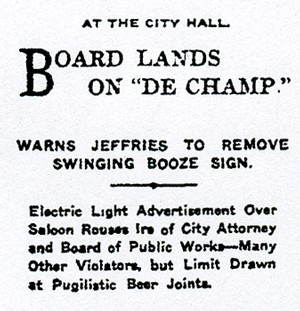

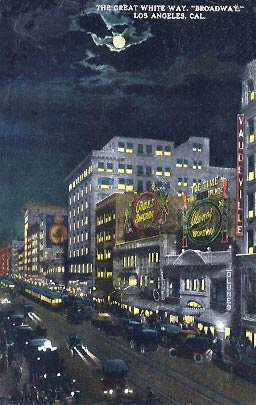 Here’s a vision of the future: electric signage along Broadway, ca. 1920, as pictured in, uh,
Here’s a vision of the future: electric signage along Broadway, ca. 1920, as pictured in, uh, 
 October 3, 1907
October 3, 1907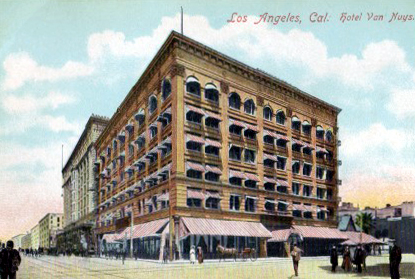
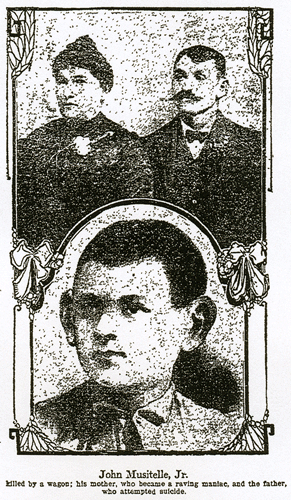

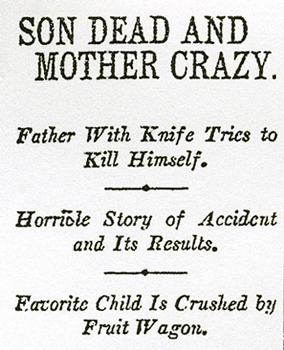 September 22, 1907
September 22, 1907